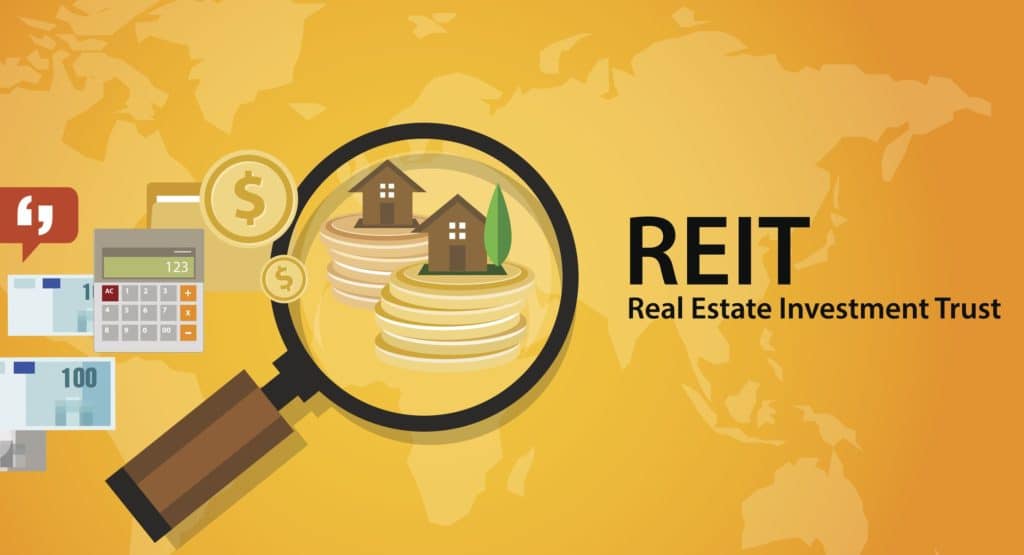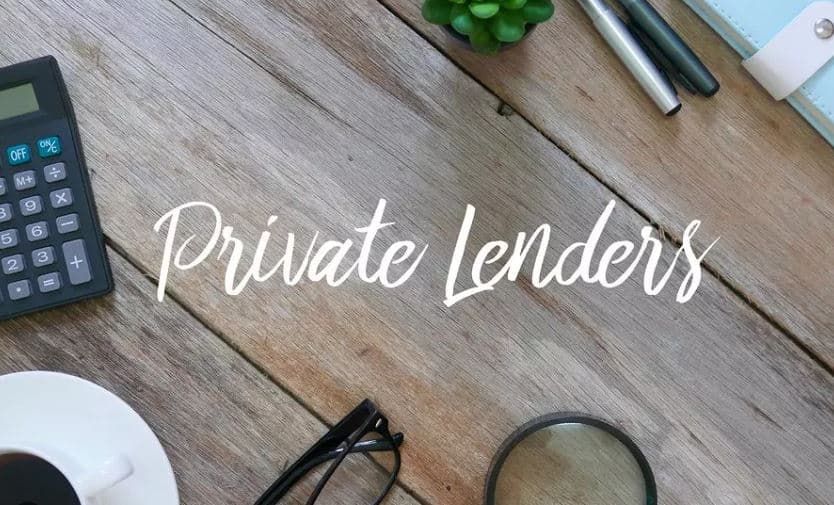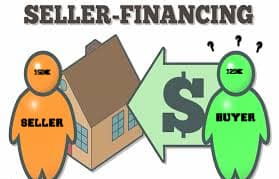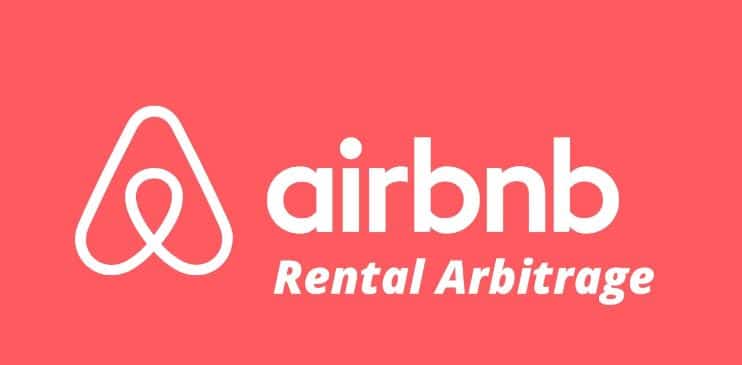
How to buy an investment property is a question that many people may wonder about when considering how to grow their wealth and personal net worth.
Of course, one option on how to buy an investment property starts with your own money. That may be fine for the first property or two, but the reality is that this model is generally not scalable, especially as you start getting into larger properties. That is where other people’s money comes in.
How to Buy an Investment Property with OPM
I know what you’re probably thinking…
How am I supposed to buy an investment property, or several of them, using other people’s money???
But trust me, people do it. In fact, I know some investors who have bought hundreds of properties out there. There are several ways to use other people’s money to invest in real estate. They have mastered how to buy an investment property using one of the ten strategies below.

Joint Venture: A joint venture is a business arrangement in which two or more individuals or organizations pool their resources to purchase and manage an investment property. This can allow you to tap into the financial resources of your partners and pool your expertise to maximize returns.
Why would someone decide to joint venture?
Some people may have the money to invest, but they don’t have the time or expertise to be the “working partner”. This could include acquisition (finding the property), successfully getting it under contract, tenanting the property, and in some cases, also renovating it to force appreciation to bring in higher rents. The latter tactic is also helpful to refinance and pull the initial capital back out.
If you’re looking to get started on figuring out how to buy an investment property, a JV may be one of the best options to try out first.

Real Estate Investment Trust (REIT): A REIT is a company that invests in income-generating real estate properties. Investors can purchase shares in the REIT, effectively pooling their money to invest in real estate without having to directly purchase and manage properties themselves.
Essentially, this is set up like a business where shares are established for investors based on a ratio of how much money they invest.

Crowdfunding: Crowdfunding platforms allow individuals to pool their money to invest in real estate projects, often in exchange for a share of the profits. This can be a way to access large-scale real estate investment opportunities that would be out of reach for individual investors.

Hard Money Lenders: Hard money lenders are private individuals or organizations that offer short-term loans to real estate investors, often at higher interest rates than traditional bank loans. Investors can use hard money loans to finance their real estate investments without having to use their own funds. If you want to know how to buy an investment property through private lending, you can generally offer 3 options:
– a flat rate interest fee over a particular period of time, at the end of which, the lender gets their principal investment back
– an equity position so they are part owner of the property with you. This is common if you intend to renovate and force appreciation and a gain is estimated when the property is refinanced to pay back investors
– a mix of equity and upfront cash on cash interest

Private Equity Funds: Private equity funds are pools of capital that are managed by investment firms. Investors can contribute money to these funds, which are then used to purchase and manage real estate properties. This allows individuals to participate in large-scale real estate investment opportunities without having to directly purchase properties themselves.

Partnerships: Partnerships are an arrangement in which two or more individuals or organizations pool their resources to purchase and manage an investment property. This can allow you to tap into the financial resources of your partners and pool your expertise to maximize returns. In some ways this can be comparable to a JV.
In addition to the possible options outlined above, some other strategies you can potentially consider are seller financing, vendor take back mortgages and rent to own. Each of these enable you, as the investor, to buy a property with little to no money down.

Seller financing is a type of real estate agreement that allows the buyer to pay the seller in installments rather than using a traditional mortgage from a bank, credit union or other financial institution.

A vendor take back mortgage is a unique kind of mortgage in which the seller of the property extends a loan to the buyer to secure the sale of of the property.

Rent to own could be another option if you can’t qualify for a traditional mortgage. This could be because you already have your own home and your debt to income ratios don’t support another mortgage. In this instance, you still need to have good credit, but you would rent the property for a certain period of time, with the option to buy it before the lease expires. This often includes two parts, a standard lease agreement and an option to buy. This would allow you to save up the downpayment for example, while you rent out the property to tenants in the meantime.

Last but not least, another option you can consider which could yield great cashflow is Short Term Rental Arbitrage. Essentially, you would rent a property in a high demand area with a standard long-term lease with the landlord’s permission to sublet. Although you wouldn’t own the property, you would save yourself the down payment, so the only start up costs are your first/last month’s rent and the cost of furnishing the property. Of course, you need to do your due diligence to make sure you can rent the property as frequently as possible, but if you’re in a busy area, you have the potential to earn significant cash flow. Potential downsides to this could be low vacancy, and you don’t own an appreciating asset. Another fear investors could have with this option is the landlord choosing not to renew your lease, but in Ontario, there are more laws protecting tenants than landlords so this could work in your favour.
Regardless of the option you’d like to consider when determining how to buy an investment property, it’s extremely important to educate yourself. A good start is speaking to a real estate focused securities lawyer to understand how to raise funds, how to structure your contracts, and know what you can and can’t say. There is a level of compliance you must adhere to or you could find yourself in hot water with the Securities Commission.
In addition, it’s important to really, REALLY understand your numbers. If you’re leveraging private capital to invest in real estate, make sure you are calculating your expenses and projected income, thoroughly and conservatively.
For example, alot of investors probably never predicted interest rates to go up as much as they have, or as quickly as they have, and some may have found themselves overleveraged. It’s always better to under promise and over deliver if you’re running numbers for a deal. When you’re working out the details on how to buy an investment property, you want to not only look at current figures, explore other potential factors and ongoing maintenance expenses.
It is goes without saying that it’s important to thoroughly research and carefully consider each option before using other people’s money to invest in real estate, as each option may come with its own unique set of risks and benefits. This said, if you can educate yourself properly and find great opportunities, it will be completely worth it in the end!
If you liked this article, you could also be interested in:
– Investing in Midterm Rentals
– Wholesaling Properties in Canada
– How To Screen A Tenant Properly
If you’re wondering how you can buy an investment property, let’s chat! I can be reached at 647.896.6584, by email at info@serenaholmesrealtor.com or by filling out this simple contact form.
Make sure we’re connected on social media as well @serenaholmesrealtor and you’ve subscribed to my YouTube Channel for plenty of other great content.











